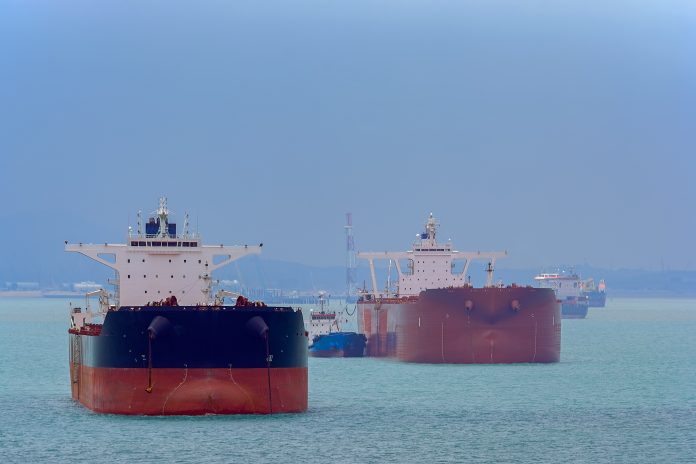
In April, China’s oil demand was 90% of their pre-COVID levels. Their crude oil imports jumped to a record high in May. Now, Bloomberg reports as many as 200 oil tankers are expected to arrive in Chinese ports this month. Already, there is a congestion problem with storage capacity too tight to handle such a fast influx. China’s recovery seems to be going up, up, up. That gives hope to the rest of the world for an equally quick recovery.
China’s Oil Imports: Good or Bad?
Jim Burkhard, Vice-President and Head of Oil Markets at IHS Markit, said on June 3, “The brisk resumption of Chinese oil demand, 90% of pre-COVID levels by the end of April and moving higher, is a welcome signpost for the global economy … When you consider that oil demand in China — the first country impacted by the virus — had fallen by more than 40% in February — the degree to which it is snapping back offers reason for some optimism about economic and demand recovery trends in other markets such as Europe and North America.”
Then on June 15 he said, “The world has never seen an increase of this magnitude in such a short period of time. Crude oil in storage has increased around the world as demand has fallen this year. But no geography—not even floating storage—matches the scale of China’s inventory increase.” This seems to carry with it a tone of something being too good to be true. China’s recovery growth might not be all that it seems to be.
China, a country known to be anything but transparent, might be continuing their opaque traditions. To get a better picture of what is really going on, Reuters recommends looking at two factors:
- The amount of crude flowing into commercial and strategic storage
- The amount of crude that is being exported back out of the country.
After making this comparison, Reuters found, “Overall, China has stored more crude and exported more refined products in the first five months of 2020 compared with the same period last year. That means actual domestic consumption has been weaker.”
The big questions
If their recovery isn’t what it seems, can we continue to be optimistic about our own recovery? China is the second largest oil consumer, and their import of crude oil has been a critical part of increasing global prices since April. How long are they going to keep it up? They have been taking advantage of low prices, and as that ends, will they close the tap and let prices tumble again?
Recovery: Ride the wave or wipeout?
There are murmurs in the media this week of a second wave of COVID hitting Beijing. Some neighborhoods there are reported to be locked down. The new cases come from a very large wholesale meat and fish market. Sounds quite familiar, doesn’t it? As of last Thursday, though, the number of cases in Beijing was around 100. I’m not sure this can be called a “second wave” as much as a slight belch. But, COVID has proven predictions and conceptions wrong time and time again, so it is anyone’s guess whether this will result in something bigger. It is worth noting that the recovery rate in China for those hospitalized for COVID is up to 94%. This is an impressive development considering in February, the recovery rate in China was 17%.
We will continue closely watching the developments of China’s oil demand. In the meantime, check out the latest energy industry news with our weekly radio show, In the Oil Patch.















[…] it still qualifies as a middle-income, developing country. But, because it is using its massive economic resources to further its energy interests internationally in both developing and developed countries through […]